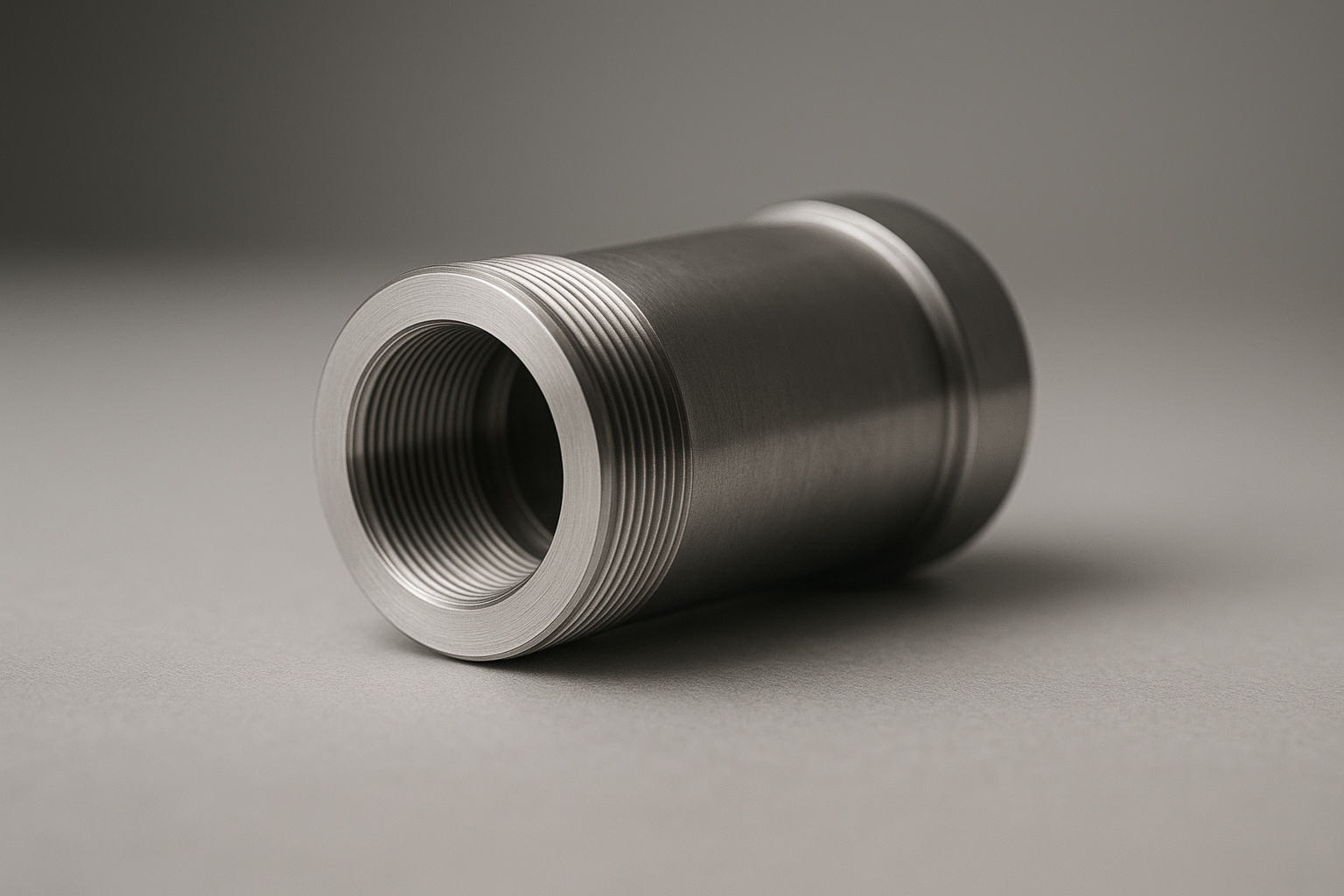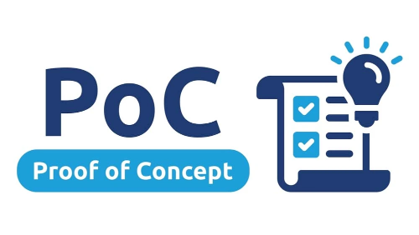Healthcare & Medical Device Coatings — Electroless Nickel NanoDiamond for Clean, Durable Performance
In healthcare and medical device manufacturing, the margin for error is zero. Components must withstand repeated sterilization, aggressive cleaning chemistries, tight tolerances, and duty cycles that punish sliding interfaces and threads. Metal Diamond’s Electroless Nickel NanoDiamond (ENND) is engineered for these realities, providing a chromefree, wearresistant, lowfriction, and corrosiontough thin film that helps extend service intervals, simplify maintenance, and preserve fit/finish on surgical instruments, orthopedic tooling and hardware, dental instruments, medical equipment housings, pump and actuator parts, and precision fixtures.
We deliver through a partnerled model—licensed or jointventure coating providers we train, supply, and certify—so OEMs, contract manufacturers (CMs), and hospital maintenance teams can access standardized quality close to pointofuse, with line setup, process control, and assured materials supply.
Regulatory note: Metal Diamond supplies a coating technology and materials. Device regulatory approvals (e.g., 510(k)/EU MDR), biocompatibility (e.g., ISO 10993), and QMS compliance (e.g., ISO 13485/21 CFR 820) are customer responsibilities. We collaborate on applicationspecific test plans and documentation as needed.




